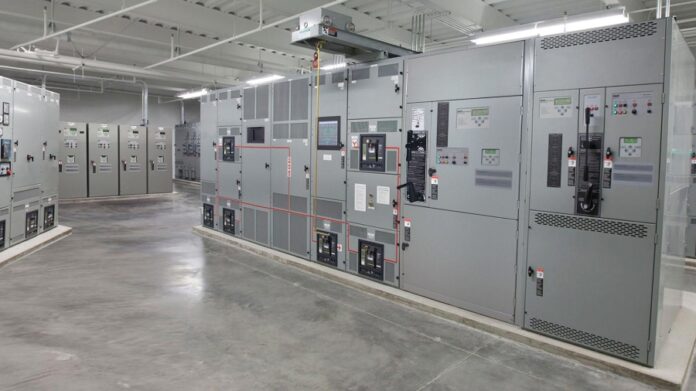In order to accelerate the growth and development of a country, researchers and expert professionals all over the world are focussing on increasing the productivity rates of the industrial sector. Today, if you look around, almost everything is a direct product of some of the other industries, be it electrical devices, clothes, furniture, utensils, equipment, and more.
Even though industries play a huge role in shooting the employment rates and GDP of the country, very few people carry in-depth knowledge about how industries function or operate. The common perception of an industrial space is linked with a wide space full of heavy electrical instruments, machines, and equipment. On the other hand, the role of small electrical tools and components is undervalued by a huge margin.
In this article, we will discuss the definition, features, and advantages of leveraging a high-quality generator switch, also known as a transfer switch. The term ‘generator switch’ often confuses people as it might get too technical to understand in theoretical terms. Therefore, our attempt is to make you understand the fundamentals of this tool in the easiest and comprehensible way.
What is a Generator Switch?
In layperson terms, a transfer or generator switch is an electrical device that efficiently switches a load between two individual sources. Depending on the need and requirement of the user, generator switches can be broadly divided into two categories: manual and automatic. Let us delve into them one by one.
Manual Generator Switch
This type of switch seamlessly connects a generator to the main circuits of the home while switching them to run on a backup battery in case of a power cut or outage. Primarily there are 5 main components that are required to connect a manual generator switch to your house: a power cord, generator switch, power inlet box, electrical panel, and a generator.
Automatic Generator Switch
Automatic generator switches offer a safe and reliable means of smoothly transferring load connections between alternate and primary sources of power. Factories, industries, hospitals, data centres, and many other facilities require continuous uptime so that their everyday operations do not get affected. So how does an automatic generator switch function?
It is an intelligent and self-acting switching device that is basically driven by the control logic. The principal objective of an automatic generator switch is to ensure consistent and seamless delivery of energy amongst two power sources; thus, in case of power failure, this device will automatically switch the load circuit to another available power load.
In the last few decades, different sectors of every leading country have been sprinting towards digitization and automation technology. Hence, most industries are inclined towards leveraging automatic generator switches that have a mind of their own and need minimal human intervention. Further, let’s give you a glimpse into a wide range of advantages and benefits of automatic generator switches:
Reliability: As mentioned above, there are some fields that require constant uptime. Automatic generator switches ensure minimum loss and hindrances due to downtime as it is designed to function optimally and consistently.
Top-class Safety: With automatic transfer switches, there are minimal threats of dangerous situations like short circuits, explosions, and fire breakouts. As they function best-in-class technology, all the employees can work in a relaxed and peaceful environment.
Simplified Operations: If you decide to leverage automatic transfer switches, some operations are automatically powered with it like industrial equipment, HVAC system, refrigerators, lights, and more. In addition, it is easy to control and operate in contrast with a manual generator switch.
Lastly, we suggest you visit the site of some prestigious electric service providers, they have a diversified portfolio of generator switches available at reasonable price ranges.










![Anso FG Reviews: UPDATED 2024 [ansofg.com] Anso FG Reviews UPDATED 2024 [ansofg.com]](/wp-content/uploads/2023/12/Anso-FG-Reviews-UPDATED-2024-ansofg.com_-100x70.png)







